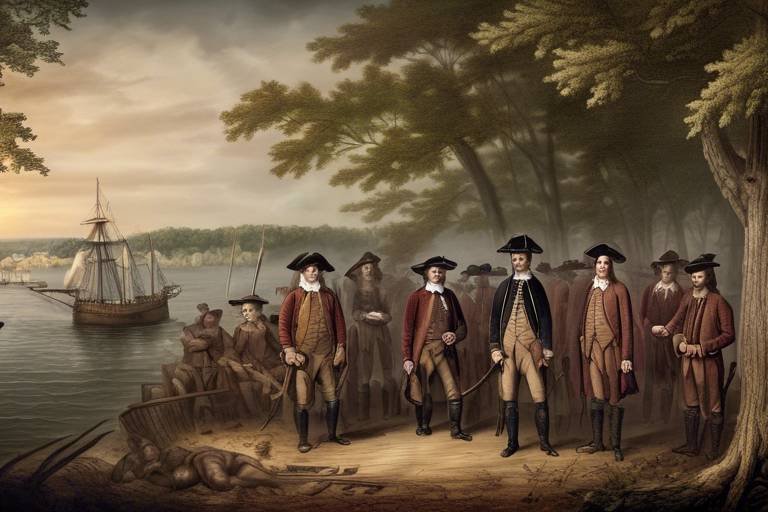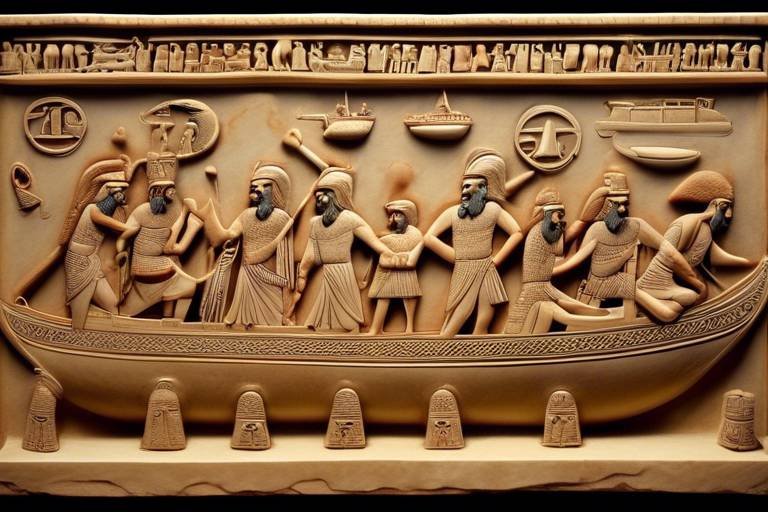The Mystery of the Ancient Persians' Legacy
The ancient Persians left behind a legacy shrouded in mystery and wonder, captivating the minds of historians and archaeologists alike. Their influence extends far beyond the boundaries of time, leaving a lasting impact on various aspects of culture, religion, and society. As we unravel the enigmatic tapestry of the ancient Persians' legacy, we embark on a journey through time, exploring the remnants of a once-great civilization that continues to intrigue and inspire.
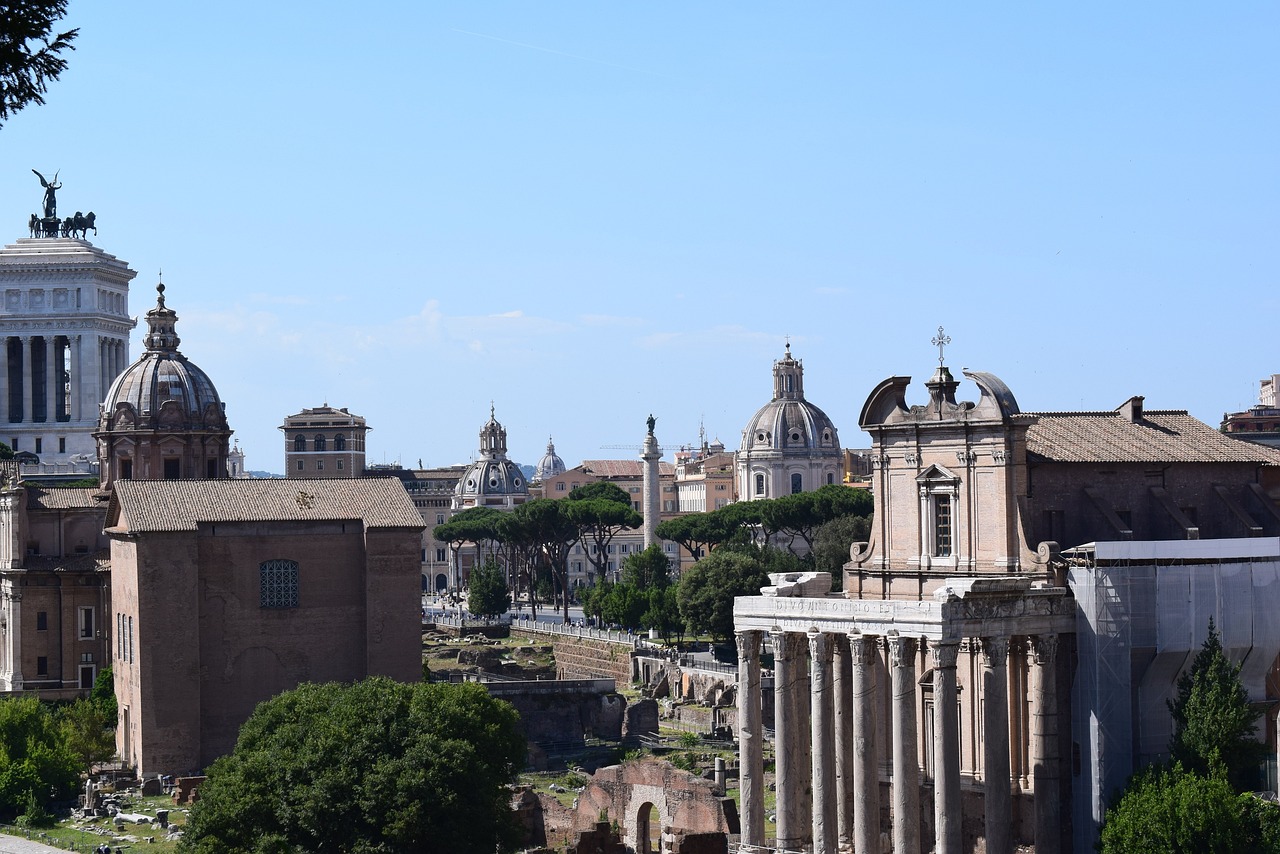
Historical Influence on Modern Iran
Iran, known for its rich history and vibrant culture, bears the indelible mark of its ancient Persian roots. The legacy of the ancient Persians continues to weave through the fabric of modern Iran, shaping its language, traditions, and societal norms. From the majestic architecture to the intricate artistry, the influence of the Persian civilization resonates strongly in present-day Iran.
One of the most prominent aspects of this historical influence is the Persian language, Farsi, which serves as the official language of Iran. Rooted in ancient Persian, Farsi is not only a means of communication but also a symbol of national identity, connecting Iranians to their past and heritage.
Moreover, the traditions and customs observed in Iran today can be traced back to the practices of the ancient Persians. Festivals, ceremonies, and rituals bear echoes of a bygone era, preserving the essence of a civilization that once thrived in the region.
Additionally, the resilience and spirit of the Persian people, forged through centuries of triumphs and challenges, continue to define the ethos of modern Iran. The legacy of courage, wisdom, and innovation left by their ancestors inspire Iranians to navigate the complexities of the contemporary world with grace and strength.
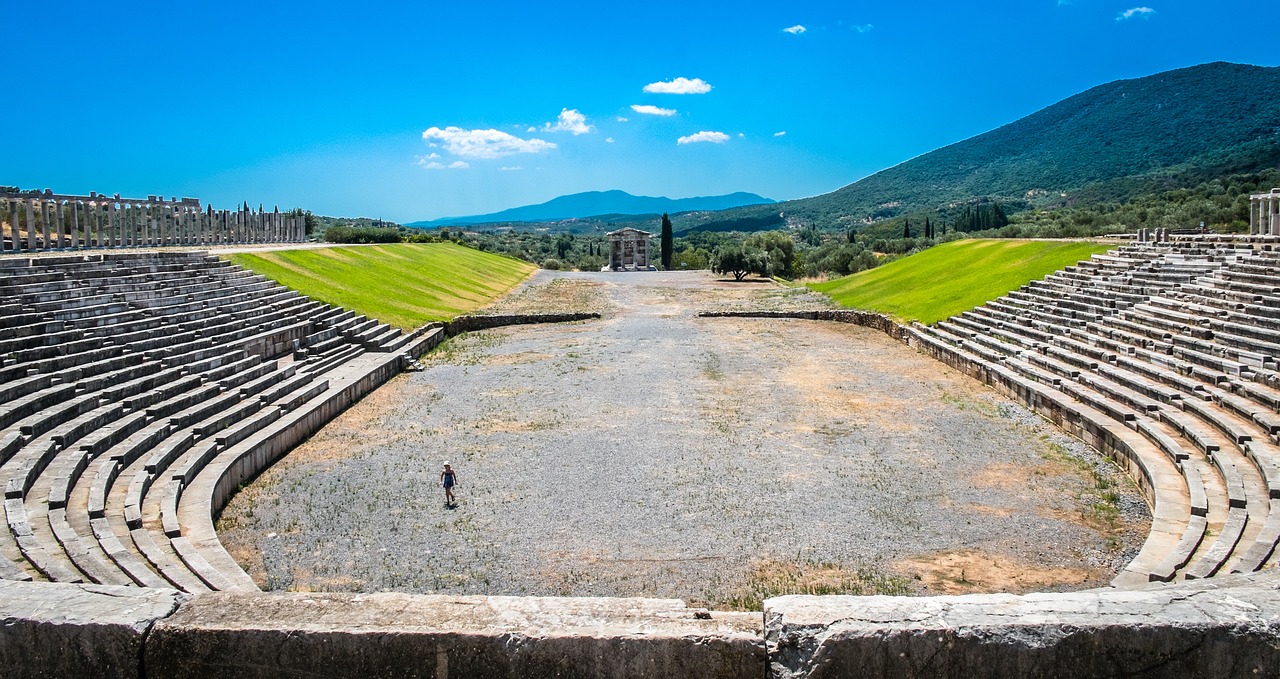
Architectural Marvels of Persepolis
Persepolis, the ancient city of the Achaemenid Empire, stands as a testament to the architectural prowess and grandeur of the ancient Persians. This magnificent site, designated as a UNESCO World Heritage site, showcases the intricate and elaborate designs that adorned the palaces and structures of the empire. The city's layout and construction reflect a sophisticated understanding of urban planning and engineering, with its impressive staircases, columns, and relief sculptures.
One of the most iconic features of Persepolis is the Apadana Palace, a vast audience hall adorned with intricately carved stone reliefs depicting scenes of tribute-bearing representatives from various nations under Persian rule. These reliefs not only served as decorative elements but also conveyed political messages of power and authority, showcasing the might of the Persian Empire.
The Gate of All Nations, another notable structure at Persepolis, served as the ceremonial entrance to the city and was adorned with impressive bull sculptures and inscriptions in multiple languages, symbolizing the empire's multicultural and multilingual nature. The precision and artistry of the stone carvings at Persepolis continue to awe visitors and historians alike, offering a glimpse into the artistic and architectural achievements of the ancient Persians.
Moreover, the Terrace of the Throne, where the king's audience hall once stood, exemplifies the grand architectural scale of Persepolis. The massive stone platforms and towering columns create a sense of awe and majesty, reflecting the empire's wealth and power. The meticulous planning and construction of Persepolis highlight the advanced engineering skills of the ancient Persians, who were able to create enduring architectural marvels that have withstood the test of time.

Zoroastrianism: Ancient Persian Religion
Zoroastrianism, the ancient Persian religion, holds a significant place in history for its unique beliefs and practices that have influenced various aspects of Persian culture. At the core of Zoroastrianism is the teachings of the prophet Zoroaster, also known as Zarathustra, who preached about the eternal battle between good and evil. The religion revolves around the concept of dualism, with Ahura Mazda representing the forces of good and Angra Mainyu embodying evil.
One of the key principles of Zoroastrianism is the emphasis on moral responsibility and the importance of leading a righteous life. Followers are encouraged to uphold values such as honesty, charity, and kindness while striving to combat negativity and promote harmony in the world. The concept of judgment after death based on one's deeds during life is also central to Zoroastrian beliefs.
Fire plays a symbolic role in Zoroastrian rituals, symbolizing purity and the presence of the divine. Fire temples, where sacred fires are kept burning continuously, serve as places of worship and spiritual connection for Zoroastrians. Additionally, the practice of exposing the deceased to scavenger birds in towers of silence reflects the belief in the purity of the elements and the cycle of life and death.
The legacy of Zoroastrianism extends beyond religious practices to influence Persian art, literature, and even political ideologies. The emphasis on ethical conduct and the eternal struggle between good and evil have shaped the moral fabric of Persian society for centuries. Zoroastrianism's emphasis on environmental stewardship and respect for nature also resonates with contemporary concerns about sustainability and conservation.
Despite facing challenges and persecution over the centuries, Zoroastrianism continues to endure as a living faith, with communities of followers scattered around the world. The preservation of ancient texts, rituals, and traditions ensures that the legacy of the ancient Persian religion remains a vibrant part of cultural heritage and identity.

Art and Literature of the Achaemenid Empire
Exploring the rich history and enduring impact of the ancient Persian civilization is like embarking on a thrilling adventure through time. From the majestic architectural wonders to the profound philosophical teachings, the legacy of the Persians continues to captivate and inspire us today.
Within the vast empire of the Achaemenids, art and literature flourished like never before. The intricate reliefs adorning the palaces of Persepolis stand as a testament to the artistic prowess of the ancient Persians. These masterpieces, depicting scenes of royal ceremonies, battles, and mythological figures, showcase the sophistication and grandeur of Achaemenid art.
Moreover, the Achaemenid Empire gave birth to epic poetry that transcended time and space. The renowned poet Ferdowsi, with his magnum opus, the Shahnameh, immortalized the heroic tales of ancient Persian kings and warriors. This epic work not only preserved the rich cultural heritage of Persia but also inspired generations of poets and storytellers across the centuries.
Additionally, the Achaemenids were patrons of literature and learning, fostering a vibrant intellectual environment that attracted scholars and thinkers from far and wide. The royal libraries housed a treasure trove of knowledge, ranging from philosophical treatises to scientific discoveries, contributing to the intellectual legacy of the empire.
Delving deeper into the artistic and literary achievements of the Achaemenid Empire unveils a world of creativity, symbolism, and cultural richness that continues to intrigue and enchant enthusiasts of ancient history and culture.

The Persian Empire's Military Tactics
When delving into the military tactics of the ancient Persian Empire, one cannot help but be astounded by the strategic brilliance and innovative approaches employed by the Persian forces. The Persians were renowned for their adaptive and flexible strategies, allowing them to conquer vast territories and establish one of the most powerful empires in history.
One of the key military tactics of the Persian Empire was its use of a diverse range of troops, including infantry, cavalry, and archers, each playing a crucial role in their warfare. The coordination and synchronization of these different units on the battlefield were instrumental in the success of Persian military campaigns.
Furthermore, the Persians were masters of psychological warfare, often employing intimidation tactics to strike fear into their enemies. The sight of the vast Persian army, with its colorful banners and imposing war chariots, instilled a sense of awe and dread in those who dared to oppose them.
Moreover, the Persian Empire was known for its strategic use of logistics and supply lines, ensuring that their troops were well-provisioned and supported during campaigns. This attention to detail and organization gave the Persians a significant advantage over their adversaries, allowing them to sustain long military campaigns with efficiency.
Another notable aspect of Persian military tactics was their diplomatic acumen, often employing diplomacy and alliances to achieve their military objectives without unnecessary bloodshed. The Persians were adept at forming strategic partnerships and leveraging political influence to expand their empire and maintain stability in the regions under their control.
In conclusion, the military tactics of the ancient Persian Empire were a testament to their strategic prowess and innovative approach to warfare. By combining a diverse range of troops, psychological warfare tactics, logistical expertise, and diplomatic finesse, the Persians established themselves as formidable military leaders whose legacy continues to be studied and admired to this day.
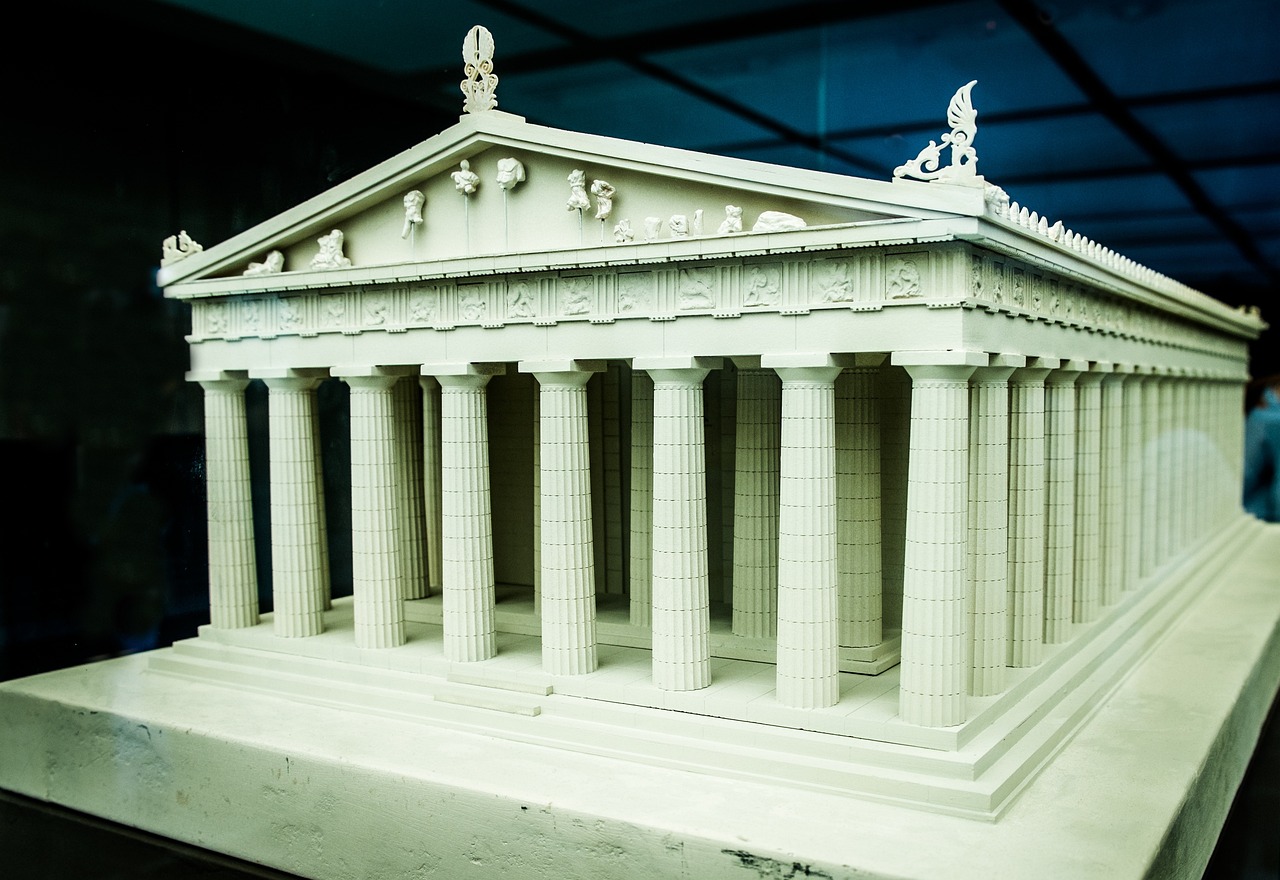
Economic Achievements and Trade Routes
The economic achievements of the ancient Persians were truly remarkable, establishing a prosperous empire that thrived on trade and commerce. The Persian Empire, under the rule of powerful kings such as Cyrus the Great and Darius the Great, implemented innovative economic policies that fostered growth and stability.
One of the key factors contributing to the economic success of the Persians was their strategic location along major trade routes that connected the East to the West. The Royal Road, constructed by King Darius, facilitated efficient communication and trade between different regions of the empire, enabling the exchange of goods, ideas, and culture.
Furthermore, the Persians engaged in extensive trade networks that spanned across Asia, Africa, and Europe, importing and exporting a wide range of commodities such as silk, spices, precious metals, and agricultural products. This flourishing trade not only enriched the empire but also promoted cultural exchange and diplomatic relations with neighboring kingdoms and distant lands.
The Persian Empire's economic achievements were also evident in its advanced infrastructure, including the development of standardized coinage, efficient taxation systems, and state-sponsored projects such as the construction of irrigation systems and granaries. These initiatives not only boosted agricultural productivity but also ensured the well-being of the empire's citizens.
Moreover, the Persians were known for their tolerance towards diverse cultures and religions, which further facilitated trade and commerce with merchants from different parts of the world. This cultural openness and acceptance of diversity played a crucial role in enhancing the economic prosperity of the empire and solidifying its position as a major economic powerhouse in the ancient world.
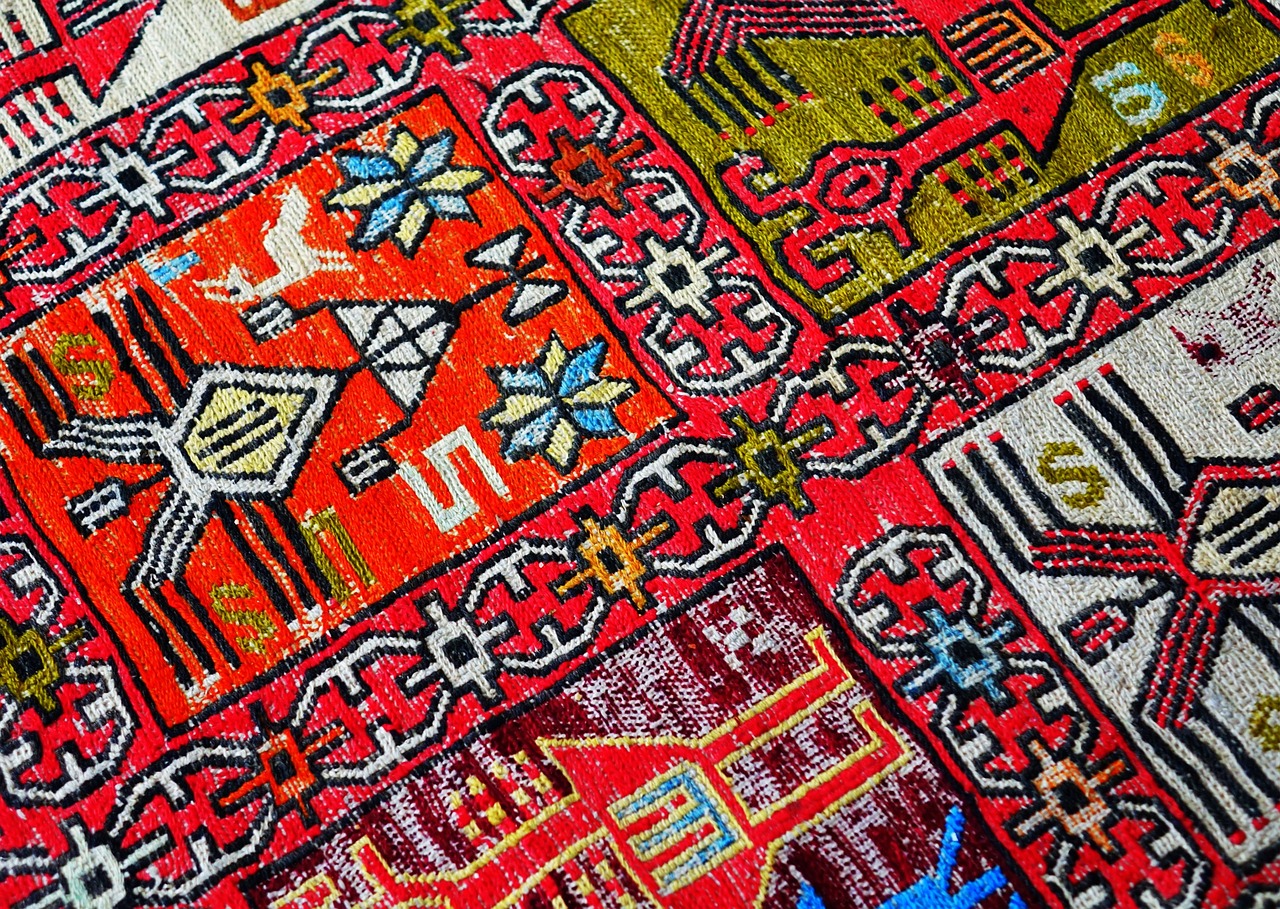
Legacy in Mathematics and Science
Have you ever wondered about the enigmatic legacy left behind by the ancient Persians? Join us on a journey through time as we unravel the fascinating influence of this ancient civilization on the modern world.
When it comes to the realm of mathematics and science, the ancient Persians made significant contributions that continue to impact our understanding of the world today. From pioneering advancements in astronomy to groundbreaking discoveries in medicine, Persian scholars were at the forefront of scientific innovation.
One of the most notable figures in ancient Persian mathematics was Al-Khwarizmi, often referred to as the "father of algebra." His pioneering work laid the foundation for modern algebraic concepts and revolutionized the field of mathematics. The Persian mathematician also played a crucial role in introducing the decimal system to the Western world, a system that is now universally used in mathematics and science.
Furthermore, Persian astronomers made remarkable progress in the study of celestial bodies and the universe. Their observations and calculations not only enhanced our understanding of the cosmos but also laid the groundwork for future scientific discoveries. The Persian astronomer, Abu Rayhan al-Biruni, made significant contributions to the fields of astronomy, mathematics, and physics, leaving a lasting impact on the scientific community.
In the field of medicine, ancient Persian scholars were pioneers in the development of medical practices and treatments. The Persian polymath, Avicenna, is renowned for his influential medical encyclopedia, the Canon of Medicine, which became a standard medical text in Europe for centuries. Avicenna's work in pharmacology and anatomy significantly advanced medical knowledge and set the stage for future medical breakthroughs.
1. How did ancient Persian mathematicians contribute to the development of algebra?
2. What role did Persian astronomers play in advancing our understanding of the universe?
3. Who was Avicenna, and what were his contributions to the field of medicine?
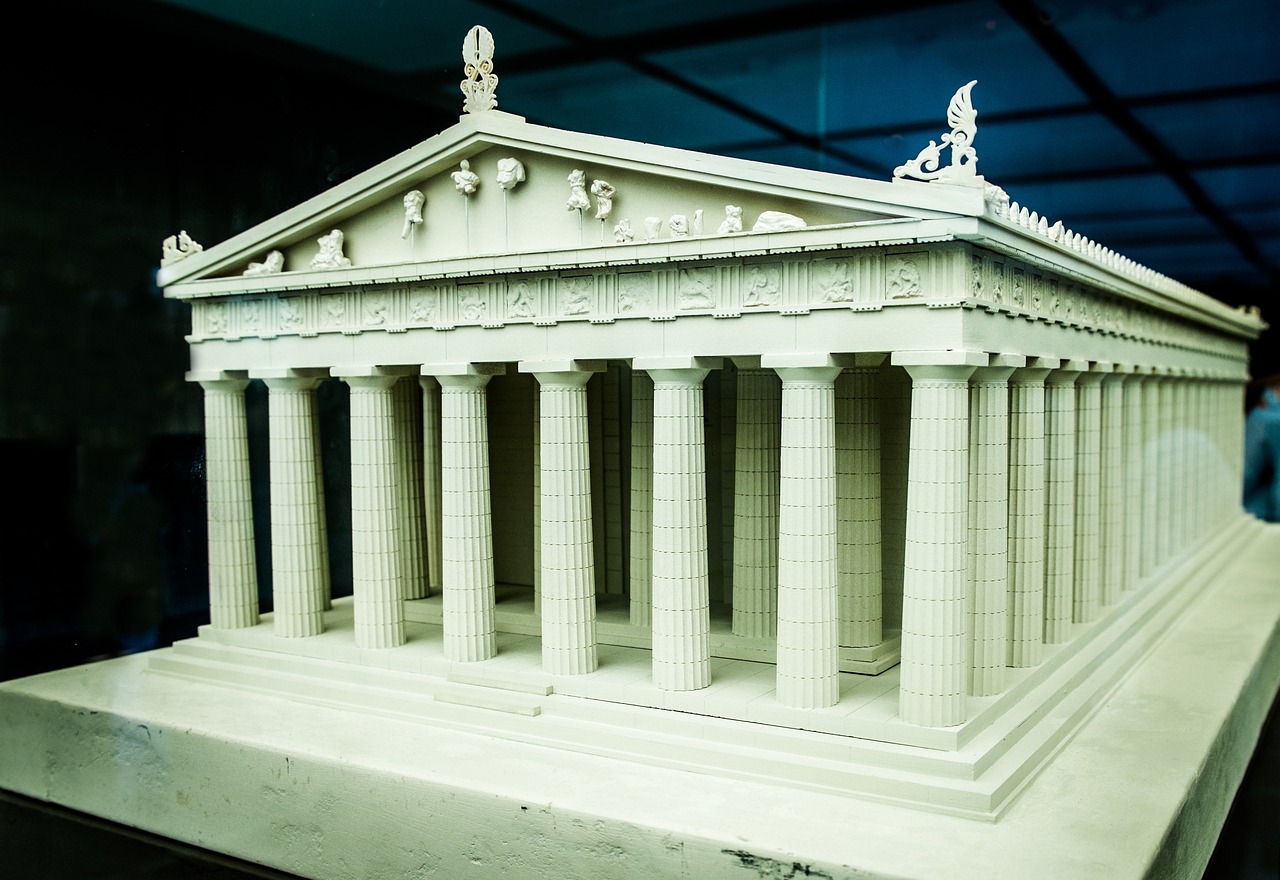
Cultural Exchange with Greece and Beyond
When we delve into the historical interactions between the ancient Persians and the Greeks, a fascinating tapestry of cultural exchange unfolds before us. The Persian Empire, known for its vast reach and influence, played a significant role in shaping the cultural landscape not only within its borders but also far beyond, reaching the distant shores of Greece and beyond.
One of the most notable aspects of the cultural exchange between Persia and Greece was the blending of artistic styles and architectural influences. The grandeur of Persepolis, with its intricate carvings and majestic columns, left a lasting impression on Greek architects and artists. This cross-pollination of artistic ideas gave rise to a unique fusion of Persian and Greek architectural elements, culminating in structures that reflected the best of both worlds.
Furthermore, the exchange of knowledge and ideas between the ancient Persians and Greeks extended to various fields, including philosophy, science, and literature. The Persian Empire's vast network of trade routes facilitated the flow of goods, ideas, and intellectual pursuits, fostering a rich cultural exchange that enriched both civilizations.
Through diplomatic missions, cultural emissaries, and trade interactions, the ancient Persians and Greeks engaged in a fruitful exchange that not only deepened their understanding of each other's cultures but also laid the groundwork for future interactions and collaborations. The legacy of this cultural exchange reverberates through the annals of history, leaving an indelible mark on the development of both civilizations.
As we reflect on the cultural exchange between Persia and Greece, we are reminded of the power of cross-cultural interactions in fostering creativity, innovation, and mutual understanding. The ancient Persians' legacy of cultural exchange with Greece and beyond serves as a testament to the enduring impact of intercultural dialogue and collaboration in shaping our shared heritage.

Impact on Global Politics and Diplomacy
The ancient Persians left a lasting impact on global politics and diplomacy that continues to resonate in the modern world. Their legacy of governance, diplomacy, and international relations has influenced the way nations interact and negotiate with each other.
One of the key contributions of the Persian Empire to global politics was the establishment of a system of governance that allowed for diverse cultures and peoples to coexist within a vast empire. The concept of religious and cultural tolerance promoted by the Persians set a precedent for future empires and states to follow, fostering a more inclusive approach to governance.
Furthermore, the diplomatic practices of the ancient Persians, such as the use of ambassadors, treaties, and alliances, laid the foundation for modern diplomatic protocols. The Persians were skilled negotiators and mediators, adept at resolving conflicts and maintaining stability within their empire and with neighboring states.
The Persian Empire's strategic location at the crossroads of major trade routes enabled them to establish diplomatic relations with distant lands, facilitating cultural exchanges and economic partnerships. This interconnected network of alliances and trade agreements contributed to the prosperity and influence of the Persian Empire in the ancient world.
Moreover, the legacy of the ancient Persians in global politics can be seen in the enduring principles of diplomacy and international relations. Concepts such as sovereignty, non-interference in internal affairs, and respect for territorial boundaries, which were integral to Persian diplomacy, continue to shape the norms and practices of modern diplomacy.
In conclusion, the ancient Persians' impact on global politics and diplomacy is a testament to their visionary approach to governance and international relations. Their legacy serves as a reminder of the enduring values of diplomacy, cooperation, and mutual respect in a world where nations strive to coexist peacefully and prosper together.
Frequently Asked Questions
- What is the significance of the ancient Persian civilization?
The ancient Persian civilization holds immense significance as it has greatly influenced modern Iran in terms of culture, language, and traditions. The legacy of the Persians continues to shape various aspects of Iranian society even today.
- Why is Persepolis considered an architectural marvel?
Persepolis is deemed an architectural marvel due to its grandeur and historical significance. As a UNESCO World Heritage site, it showcases the advanced architectural prowess of the ancient Persians and offers insights into their rich cultural heritage.
- What is Zoroastrianism, and how did it impact ancient Persian society?
Zoroastrianism was the religion of the ancient Persians, emphasizing the concepts of good versus evil and the importance of moral conduct. It played a significant role in shaping Persian beliefs, practices, and societal structure.
- How did the Persian Empire contribute to mathematics and science?
The Persian Empire made notable contributions to mathematics, astronomy, medicine, and other scientific fields through the works of renowned scholars. Their advancements in these areas had a lasting impact on the development of science.
- What were the military tactics employed by the ancient Persians?
The ancient Persians were known for their strategic warfare methods, including the effective use of cavalry, archers, and innovative military tactics. Their military prowess played a crucial role in expanding and maintaining the Persian Empire.





